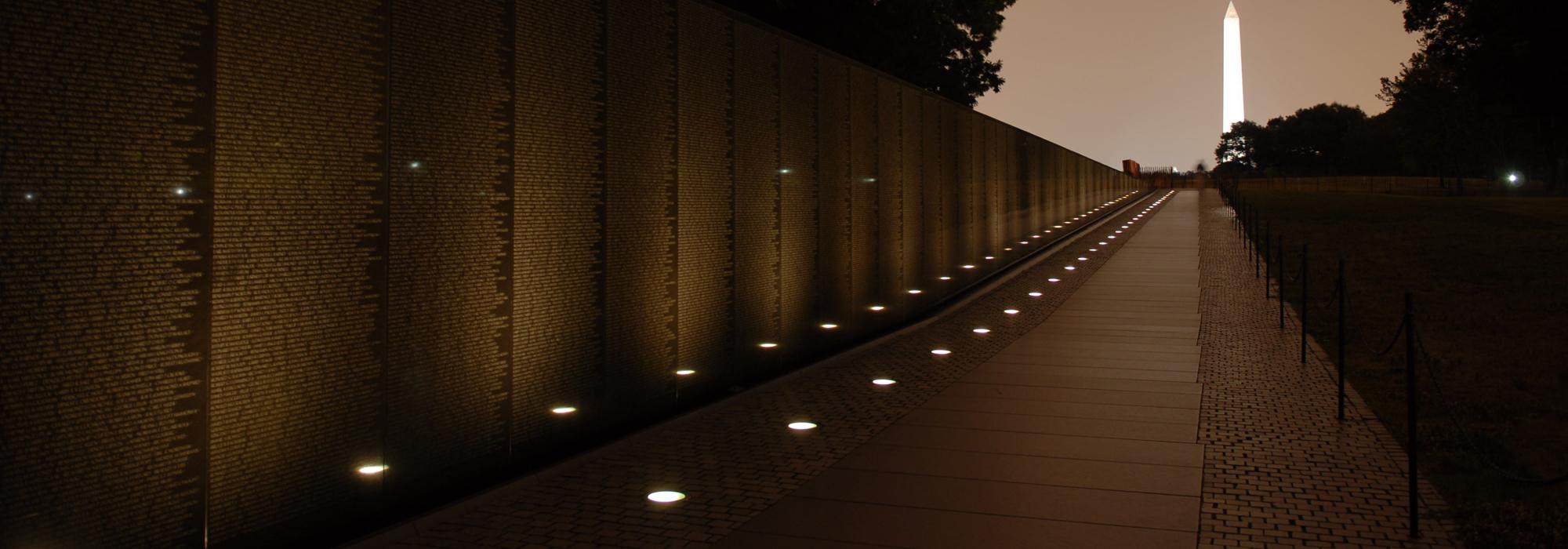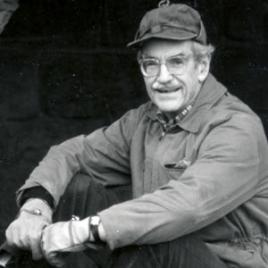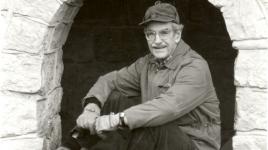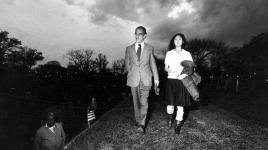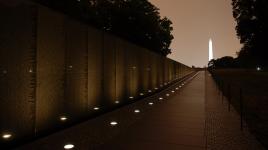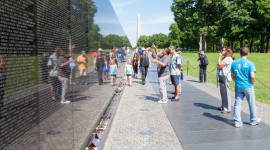Pioneer Information
Born in Atlanta, Clay’s youth was spent in Walnut Grove, Georgia. He studied Journalism at Emory University and Columbia University, graduating with a B.A. in 1938 and a Master’s degree in 1939, respectively. Following graduation, he got a job reporting for the Louisville Times in Kentucky.
While serving in World War II, Clay read Roderick Peattie’s Geography and Human Destiny. Inspired by the work, geography became the filter that Clay used to formulate his ethos of place. At war’s end, he returned to Louisville to work at the Courier-Journal and in 1948 was awarded a Neiman Fellowship to spend a year studying urban geography at Harvard University. Returning to the Courier-Journal, he became editor of the real estate section, gaining national recognition for his writing on urban issues across America and creating the new position of Urban Affairs Editor. In 1959, Clay left the paper to become editor of Landscape Architecture magazine. He updated the magazine to focus on professional practice and include issues of growing import in post-War America, including ecology, urban planning, and international practice, expanding and popularizing the publication.
Clay wrote extensively, contributing an essay to William H. Whyte’s book The Exploding Metropolis and authoring Real Places (1984) and Close-Up: How to Read the American City (1973), which laid out his unique method of reading the landscape. In 1981, he chaired the selection committee for the Vietnam Veteran’s National Memorial and was the recipient of The American Society of Landscape Architect’s 1999 Olmsted Medal.



